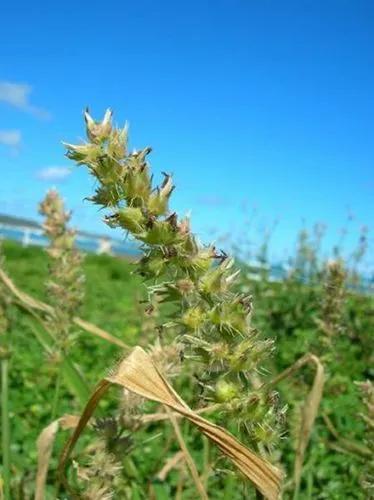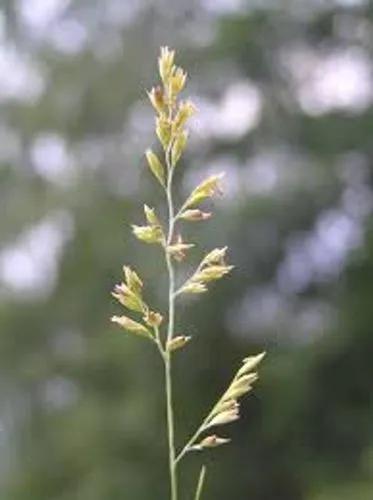Poaceae or Gramineae is a large and nearly ubiquitous family of monocotyledonous flowering plants known as grasses. It includes the cereal grasses, bamboos and the grasses of natural grassland and species cultivated in lawns and pasture. The latter are commonly referred to collectively as grass.
Grasses Care
Poaceae



The Poaceae are the world’s single most important source of food. They rank among the top five families of flowering plants in terms of the number of species, but they are clearly the most abundant and important family of the Earth’s flora.
How to Care for the Plant

Water

Water only occasionally; during summer water can be done more often.

Pruning

Cool-season grasses tend to look good even as the weather cools. Leave their foliage in place until spring and then as soon as the snow is gone cut them back. Leave about 1/3 of the plant in place. Trimming cool-season grasses too harshly can irreparably harm the plant.

Fertilizer

Many ornamental grasses are selections of native prairie or woodland plants. In their natural habitat, the only nutrients they receive comes from their own decomposing foliage and that of the plants around them. You can mimic those conditions by mulching around the base of your grasses in fall with shredded leaves. No other fertilizer is needed or desired by grasses; in fact, feeding them often causes them to stretch and flop over.

Sunlight

Best grown in full sun to part shade.

Soil

Moist but well-drained soil.

Temperature

These plants are known for being fairly hardy when it comes to experiencing drought or cold temperatures.

Additional

Most ornamental grasses pose no danger to humans but can be toxic to certain kinds of animals. Arrowgrass is particularly toxic to sheep and cattle, though it also poses a danger to other animals, including dogs and cats.

Popularity

1,434 people already have this plant 18 people have added this plant to their wishlists
Discover more plants with the list below
Related articles






